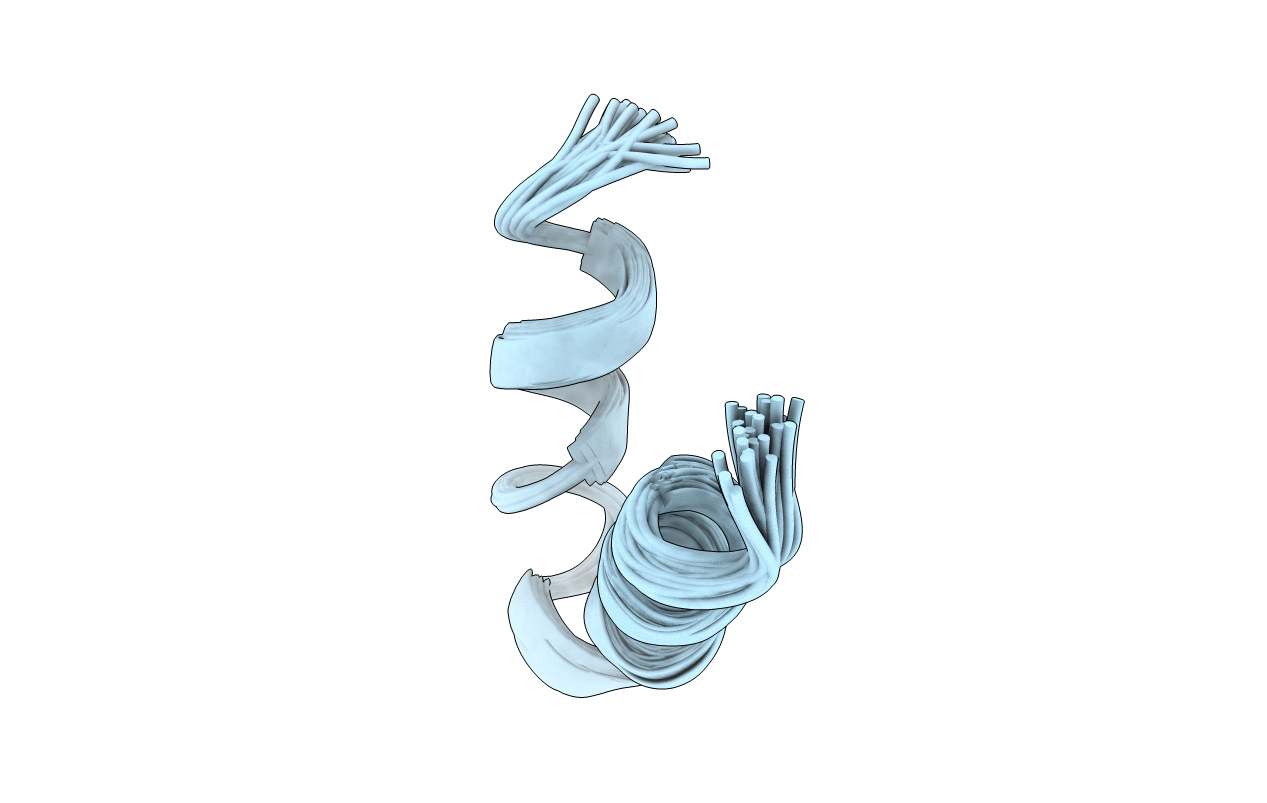
Deposition Date
2008-05-28
Release Date
2009-06-02
Last Version Date
2024-05-29
Entry Detail
PDB ID:
2K44
Keywords:
Title:
Solution structure of a K+-channel voltage-sensor paddle domain
Biological Source:
Source Organism:
Method Details:
Experimental Method:
Conformers Calculated:
100
Conformers Submitted:
30
Selection Criteria:
target function


